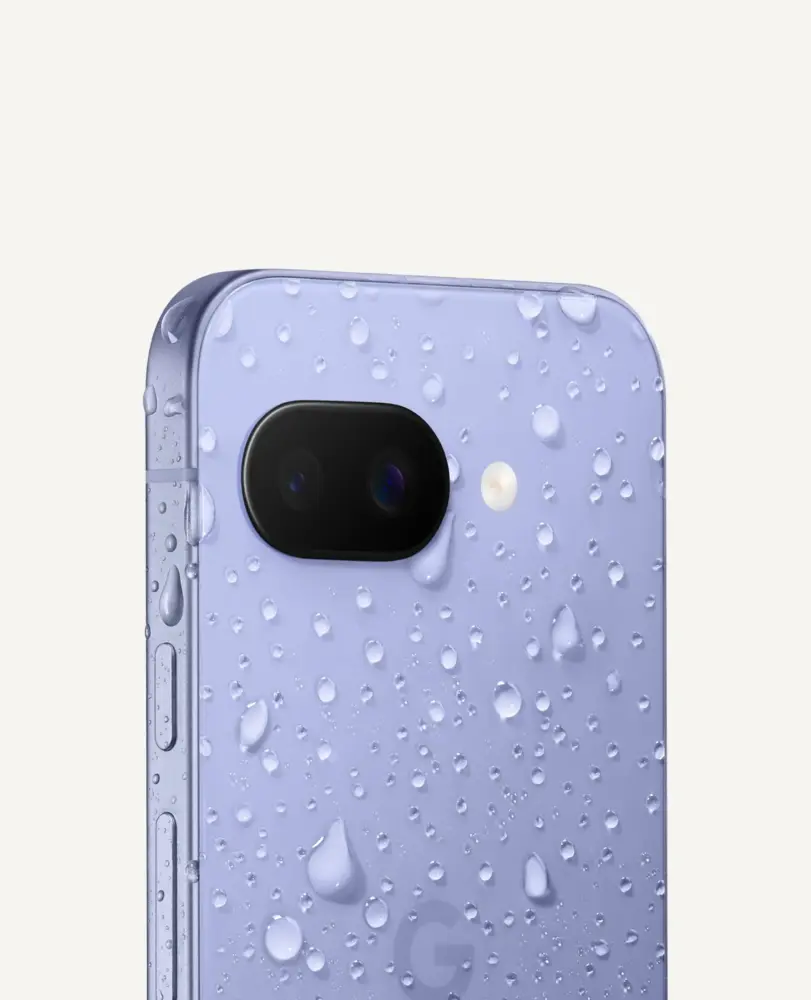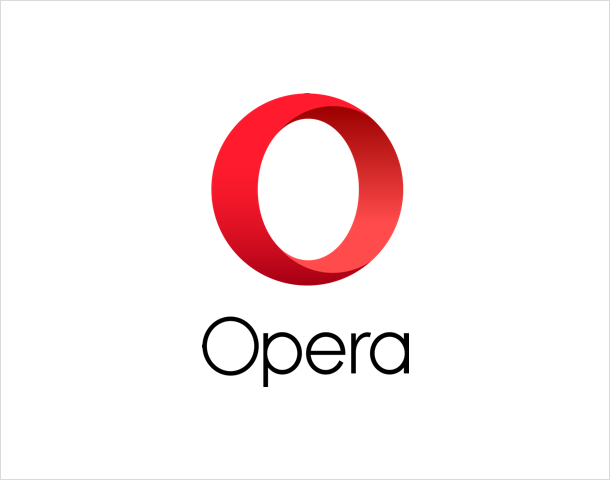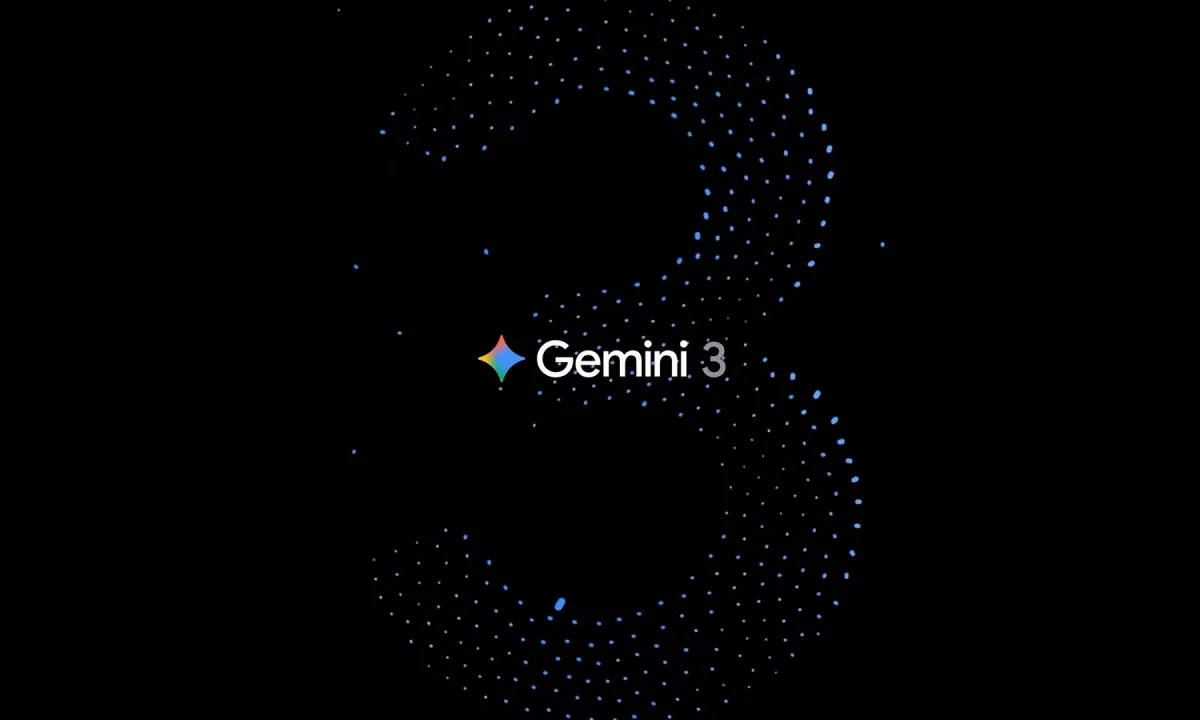In a tech landscape obsessed with specs, silicon, and superlatives, it’s rare to see a smartphone deliver understated excellence. Yet, that’s exactly what the Google Pixel 9a accomplishes. It’s not the flashiest Android phone you’ll find in 2025. It doesn’t have a folding screen. There’s no periscope zoom, vapor chamber cooling, or customizable glyph lights. It won’t win any races against flagships on paper. But if you measure value not just by what’s packed into a phone, but what it feels like to use every single day, then the Pixel 9a may be the smartest smartphone purchase you can make this year.

Priced at just $499, the Pixel 9a is more than just a midrange addition to Google’s growing Pixel lineup — it’s a carefully balanced response to years of feature bloat, rising price tags, and increasingly confusing smartphone tiers. In many ways, it feels like a direct rebuke of the “$1,000-or-bust” mentality that’s come to define the flagship Android space.
Google Pixel 9a
Pixel 9a at a Glance
Before we unpack the design, performance, camera and battery in detail, here’s the bottom line: The Pixel 9a is built for those who want premium fundamentals — beautiful photos, reliable performance, long-lasting battery — without paying a flagship premium. While it skips some of the more niche or luxury features of its more expensive siblings, it manages to retain nearly all the core Pixel experience, with a few thoughtful design tweaks of its own. It’s sleek. It’s efficient. It’s smart. And it just might be the best value Android phone on the market today.

Design and Display: Elegance in Subtlety
You’d be forgiven for mistaking the Pixel 9a for its more expensive cousin, the standard Pixel 9. Visually, it shares a lot of DNA — the same rounded corners, matte texture, and minimalistic design language that Pixel fans have come to love. The most obvious physical difference is its slightly thicker bezels and a different camera housing: gone is the iconic camera bar, replaced by a simpler teardrop-shaped camera module that feels both fresh and functionally elegant.
The switch from Gorilla Glass to recycled polycarbonate on the back might raise eyebrows, but it’s a practical change that doesn’t feel like a downgrade. The matte plastic finish resists fingerprints, feels secure in the hand, and contributes to the Pixel 9a’s light 6.56-ounce weight, which is noticeably easier to manage during long one-handed use compared to the glass-backed Pixel 9.

The 6.3-inch OLED display remains one of the highlights of the device. It offers a 120Hz refresh rate, which keeps everything feeling smooth and responsive. Color reproduction is accurate and vibrant, viewing angles are excellent, and the 2,700-nit peak brightness means outdoor visibility is no issue. In short: this is the best screen you’ll find on any $500 phone. Period.
Performance: Practical Power, Not Overkill
At the heart of the Pixel 9a is Google’s Tensor G4 chip, the same silicon that powers the standard Pixel 9 and even the premium Pixel Fold 2. The 9a does scale down RAM to 8GB (from 12GB on higher-end models), but in day-to-day use, the difference is negligible unless you’re aggressively multitasking or doing creative work like video editing on your phone.
Geekbench 6 multi-core scores come in at 4,294, just a hair behind the Pixel 9. In practical terms, app launches are quick, scrolling is fluid, and animations are buttery smooth. Whether you’re managing emails, streaming in 4K, or casually gaming, the Pixel 9a feels just as competent as phones twice its price.

The only real performance compromise is in RAM management. If you’re juggling 10+ apps in the background, you’ll occasionally see one reload when switching back. But for the average user — and even most power users — that’s a minor trade-off.
More importantly, the Pixel 9a still supports nearly all of Google’s most compelling software features. That includes Pixel-exclusive tools like Call Screen, Now Playing, and the Recorder app with real-time transcription. It even supports Gemini Live for on-device AI image generation and Pixel Studio, which now allows you to create AI avatars and manipulate images with near-magical ease.
The only standout omission is the Pixel Screenshots app, which is curiously missing. This omission stings, especially for users who’ve gotten used to AI-powered screen parsing and OCR tools, and Google’s official line is that it’s part of a trade-off to maintain the sub-$500 price point.

Camera: Good Quality at This Price
Photography has long been one of the Pixel brand’s crown jewels, and the Pixel 9a proudly continues that legacy. With a powerful dual-camera system consisting of a 48-megapixel primary sensor and a 13-megapixel ultra-wide lens, this phone doesn’t just meet expectations for a midrange smartphone — it exceeds them dramatically.
Images captured on the Pixel 9a are consistently sharp, vibrant, and true to life. Colors feel rich but never artificial, and thanks to Google’s renowned computational photography pipeline, even complex lighting conditions are handled with poise. Skin tones look natural, skies are textured without being overexposed, and shadows retain detail without excessive brightening.

Perhaps the most impressive aspect is how effortless great photography feels on this device. Google’s auto-scene detection and real-time image processing ensure that anyone — whether tech-savvy or not — can pick up the Pixel 9a and take gallery-worthy shots without a second thought.
Low light performance is another standout. The latest version of Night Sight brings improved contrast, clarity, and color accuracy in challenging environments. Whether you’re capturing cozy indoor moments or trying to preserve city lights at dusk, the Pixel 9a delivers crisp, well-balanced photos with minimal noise and realistic tones.
For up-close subjects, the phone’s macro focus mode is a subtle but satisfying feature. There’s no manual switch to turn it on — it activates automatically when you move in close enough, indicated by a small flower icon. While getting that perfect focal point might require a bit of finesse, the payoff is worth it. From intricate textures on a leaf to fine details on everyday objects, macro shots on the 9a are unexpectedly delightful.

While it doesn’t include a dedicated telephoto lens, Google leverages smart AI techniques through Super Res Zoom, allowing digital zoom up to 8x while preserving a surprising amount of clarity. It’s not a replacement for optical zoom, but it works well for everyday needs — snapping shots of signage, architecture, or distant moments on the go.
For video, the Pixel 9a supports 4K recording at up to 60fps, with solid electronic image stabilization and excellent audio pickup. Transitions are smooth, exposure adjusts intelligently, and even while moving, the footage holds steady and clean.
Battery Life: Google’s Most Enduring Pixel Yet
One of the most meaningful upgrades comes in the form of the 5,100 mAh battery, which gives the Pixel 9a the longest-lasting runtime in Pixel history. On a single charge, the phone easily surpasses 28 hours in video playback tests, and real-world use confirms that this is a two-day device for moderate users.
Streaming, browsing, messaging, GPS use — the Pixel 9a shrugs it off. Even after a heavy day of testing, the battery still had life left in the tank.

The downside? Charging speeds are still a sore spot. Wired charging tops out at 23 watts, while wireless is limited to 7.5 watts, both well behind competitors like OnePlus and Samsung. That means you’ll be looking at close to 90 minutes for a full wired recharge, and even longer wirelessly.
Software and Ecosystem: Peak Pixel
Pixel phones are as much about software as they are about hardware, and the 9a continues this trend with Android 15 pre-installed and the promise of 7 years of updates, including feature drops, security patches, and OS versions.
Google’s suite of AI tools shines here — Call Assist, Hold For Me, Direct My Call, Clear Calling, and more are all available. You’ll also benefit from Live Translate, real-time transcription, and on-device machine learning that improves over time.

The Pixel ecosystem, while not as expansive as Apple’s, is growing. Integration with Pixel Buds, Pixel Tablet, and Pixel Watch 2 is smooth and intuitive. Plus, Material You theming and UI polish remains unmatched among Android manufacturers.
Verdict: Simple, Smart, and Stupidly Good for $499
The Pixel 9a doesn’t scream for attention. It doesn’t need to. What it offers is a kind of quiet competence that’s increasingly rare in tech — a phone that does exactly what it needs to do, and does it exceptionally well.
If you’re a student, a parent buying a phone for your teen, a working professional who needs a dependable daily driver, or just someone tired of spending $1,200 on diminishing returns — this is the phone for you.
It’s not about what it lacks. It’s about everything it gets right.






